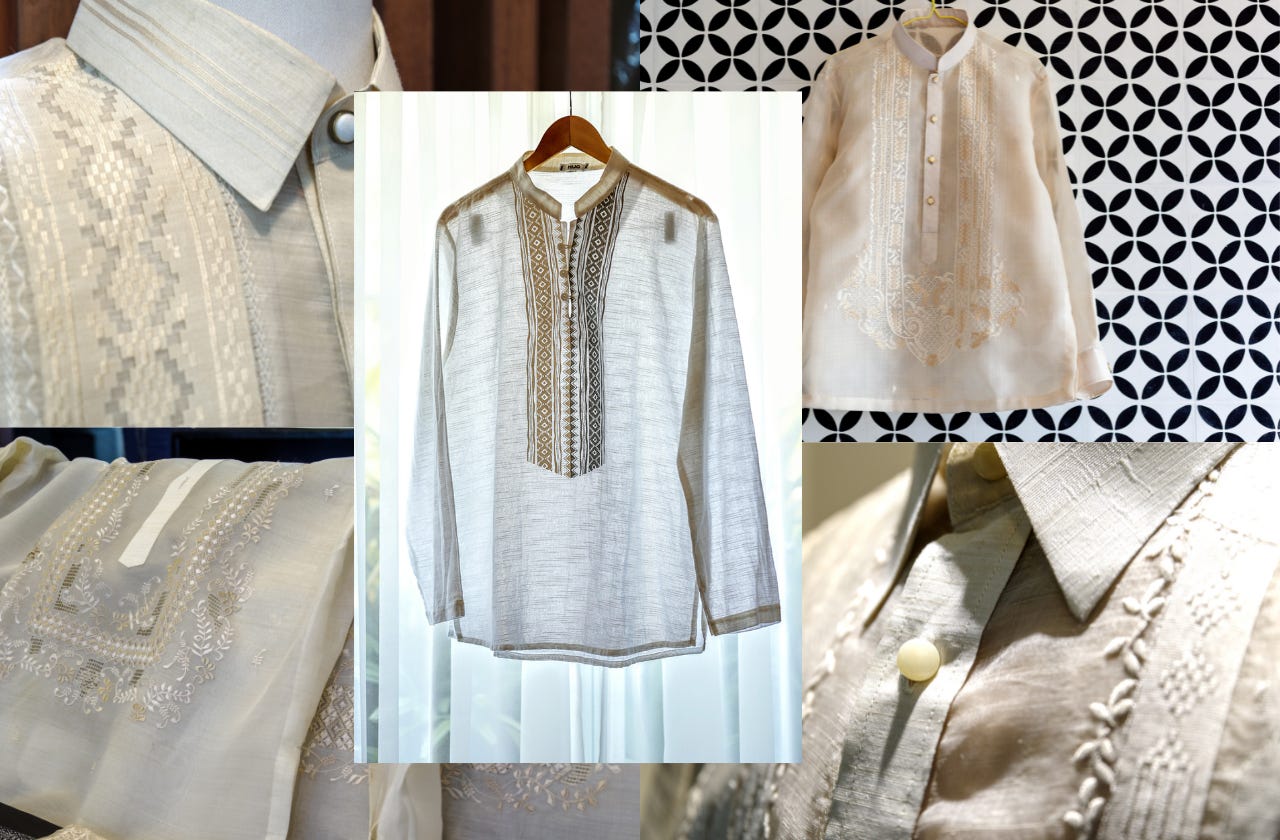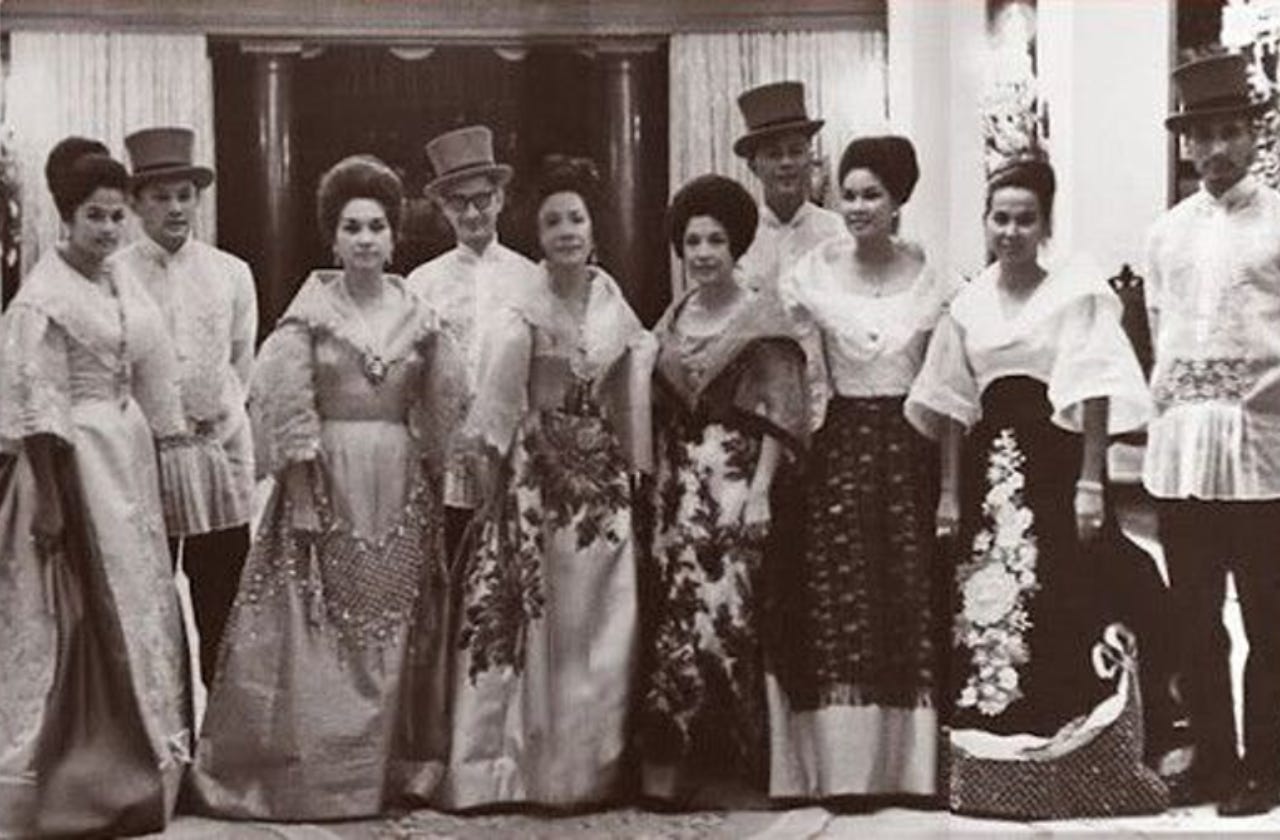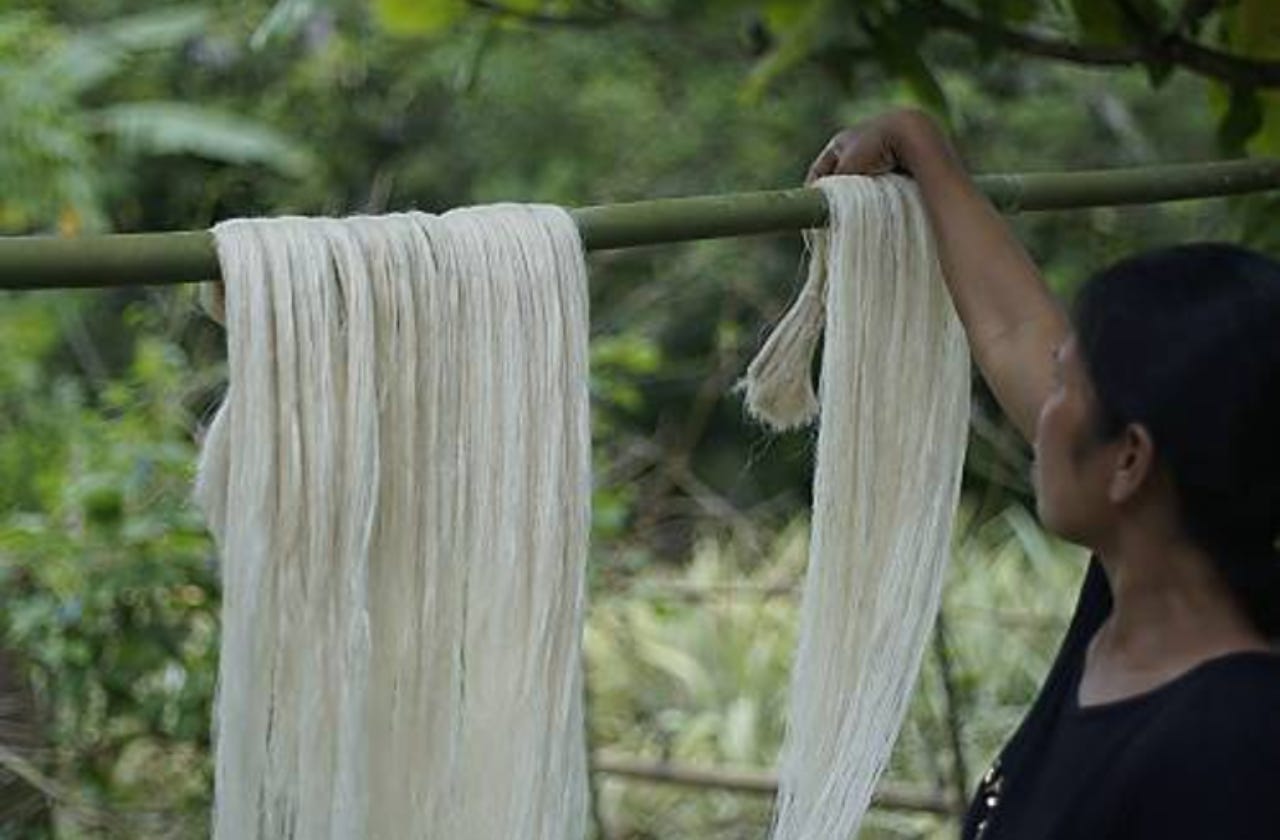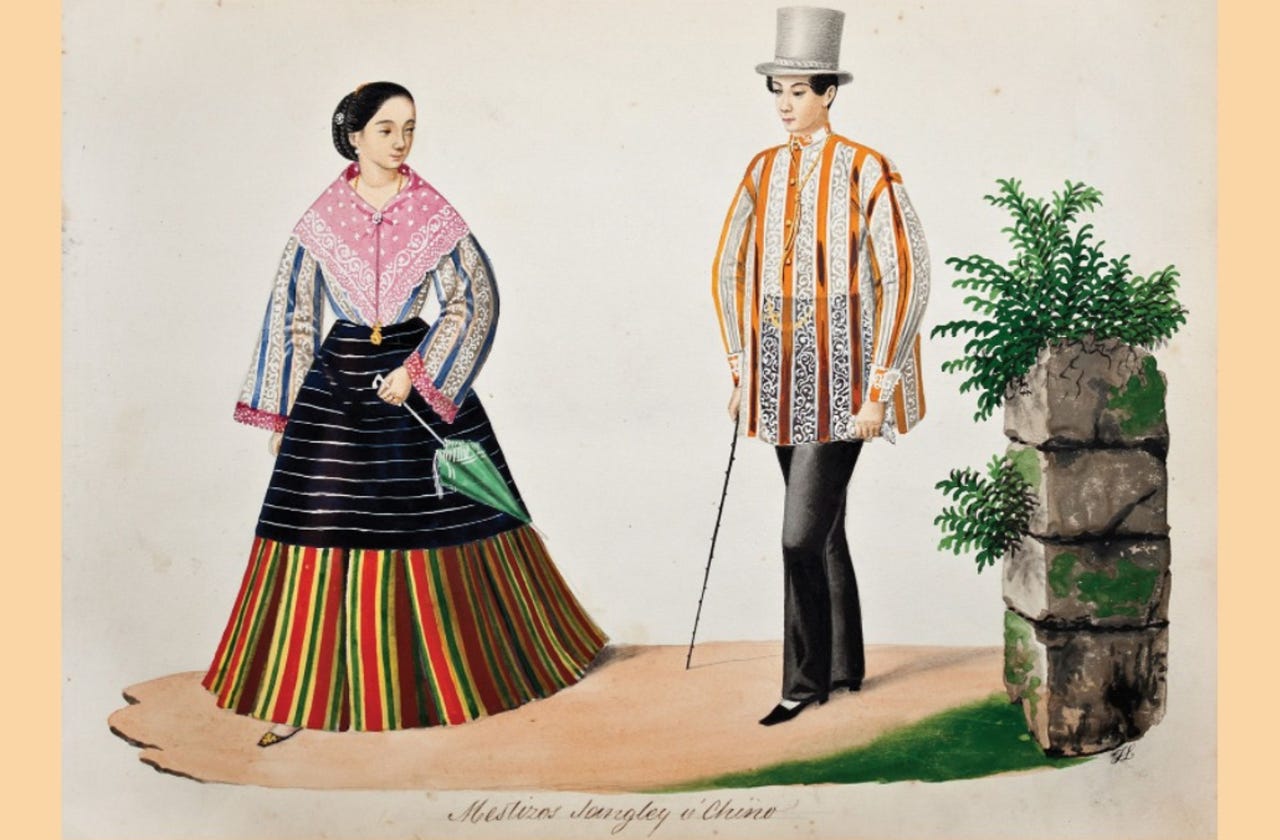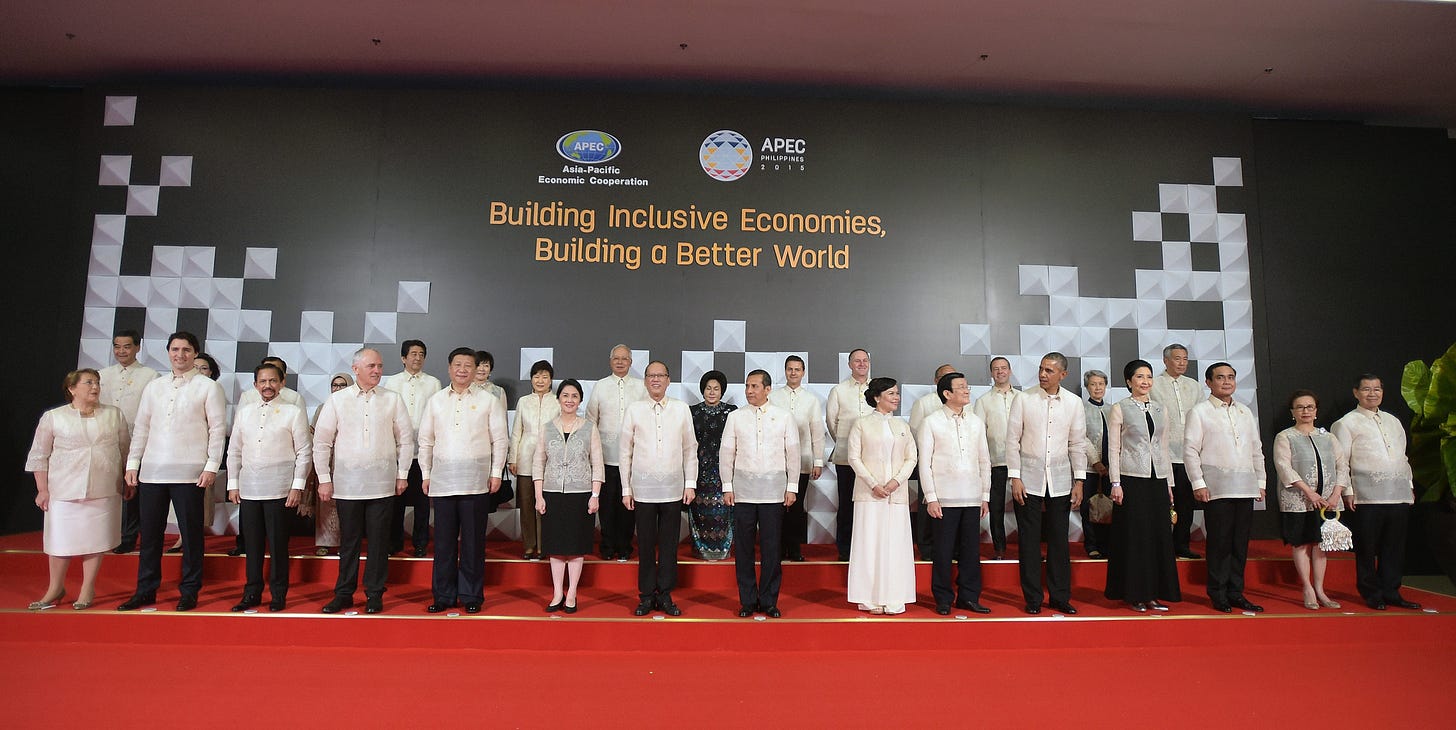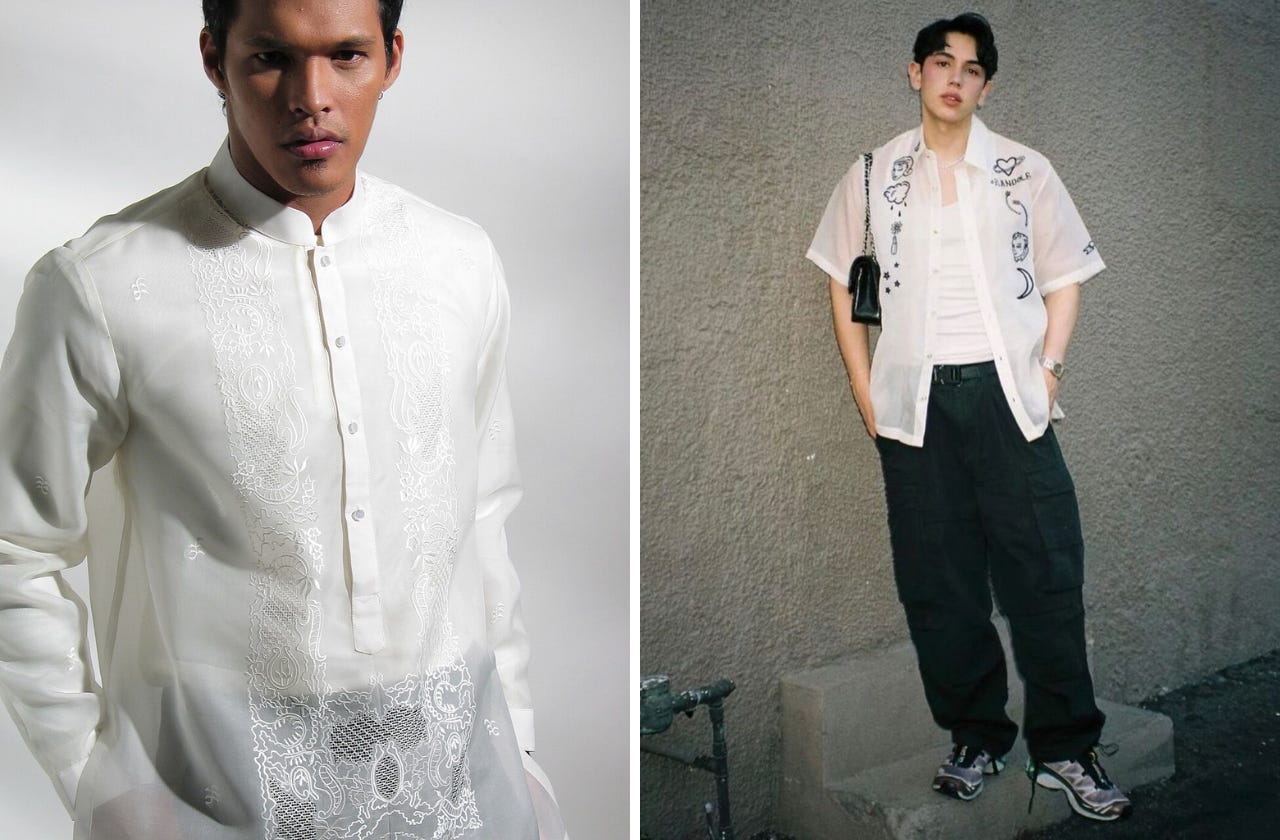The Barong Tagalog
A spotlight into a timeless symbol of Filipino elegance and identity.
The Barong Tagalog is synonymous with Filipino tradition, and is easily recognizable among other national clothes for its unique materials and transparent appearance. Like its Asian counterparts, the Barong Tagalog stands out as formal attire in a sea of western style suits and ties.
While many countries have adopted the suit and tie in formal settings, the Philippines stays true to its traditions as the Barong Tagalog is seen as the clothing of choice for formalwear. This style of clothing has come a long way since its pre-colonial days, and has undergone multiple versions, as well as taken on different contexts throughout the Philippines’ many historical eras.
Ancient Origins
The origin of the Barong Tagalog goes back to pre-colonial times. It can be found in the name “baro”. The “baro” is a cognate of the words “baru”, and “baju” in Malay, which refers to a shirt. In this example, the “Barong Tagalog” and the “Baju Melayu” mean “cloth of the Tagalogs” and “cloth of the Malays” respectively, with both being the national dress of their respective countries.
The only real difference in wording is the addition of the “-ng” which is common in Tagalog grammar. Similarly, the word “baju” is used to describe many traditional clothes in Indonesia, such as the baju koko. In the pre-colonial period, the baro took on a collarless form and was made with abaca fiber or imported items like silk and cotton. It was during this period that the baro was influenced from the South Asian kurta in form, as Southeast Asia experienced a lot of Indianization in its culture.
The Introduction of the Pineapple
It was during the Spanish colonial period when the Barong Tagalog took on a form that would be more recognized as a Barong Tagalog by a modern-day Filipino. The colonial period established the Manila-Acapulco Galleon Trade, which brought over a key material from the New World, the piña (pineapple) fiber. Pineapple was introduced to the Philippines in the 17th century, and its leaves were used to make cloth.
While there isn’t much records or documents when it comes to the evolution of the Barong Tagalog in the Philippines in the early colonial period, it was around the late 18th century when the precursor to what would be recognized as the Barong Tagalog started to appear, though at this time, it would still be worn with European style jackets and hats if the person was a member of the upper class.
The 19th-century saw the Barong Tagalog take on its more recognizable form. The Barong Mahaba, or long baro, started to become favorable among mestizos and other elites in the 1820s. Worn untucked, the wearer of the Barong Mahaba donned the extra long Barong Tagalog with the intent of showing off their wealth, the elaborate embroidery that only skilled artisans could produce.
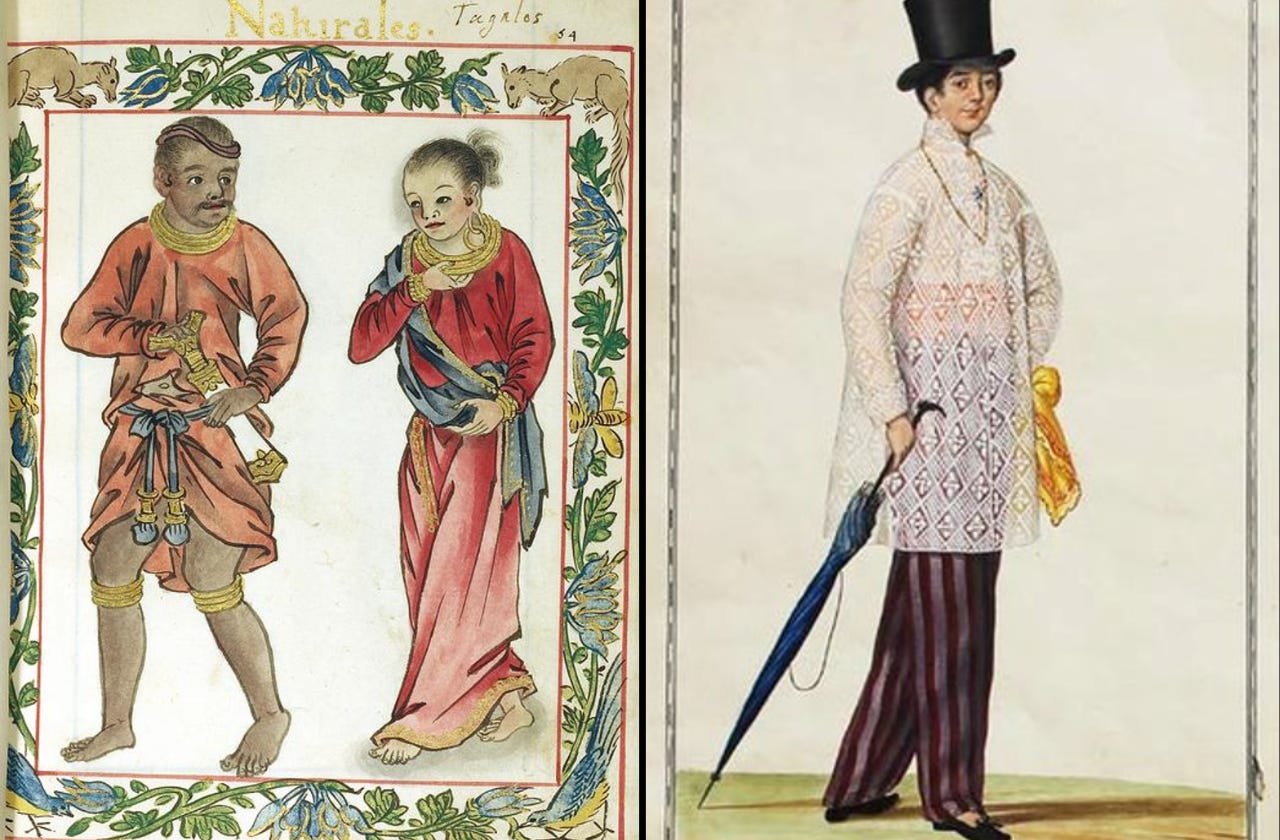
It had many components of a recognizable Barong Tagalog, with the transparent material and a loose silhouette on both sides. The 1840s was when the Barong Tagalog took on its more current form, with less folded collars and shorter in length compared to its longer form. It was also during this time that the Barong Tagalog became more monochromatic, in contrast to the colorful Mahabang Barong of the earlier 19th century.
Tipos del Pais paintings (19th Century Filipino art that uses primarily watercolor) as well as photographs from this time period show many upper class people wearing the Barong Tagalog, particularly men in top hats, buntal hats, and sometimes a jacket. Government officials in this period often wore the Barong Tagalog with a jacket.
The sheer and untucked appearance of the Barong Tagalog has generated post-colonial ideas that the Barong Tagalog was worn untucked and transparent as a way to prevent natives from hiding weapons and to show subservience. This belief holds no real weight as there were never any laws regarding the wearing of the Barong Tagalog. The style in which the Barong Tagalog was worn had more to do with climate adaptations and cultural habits that had already existed in the country rather than oppressive laws.
Furthermore, piña fiber was notoriously difficult to work with, and the creation of nipis fabric (a luxurious lace-like fabric created from the piña fiber) required skilled labor, thus making it expensive. Upper class members of society wore nipis fabric simply because they could afford it and it was suitable for a tropical climate. In essence, the Barong Tagalog made of piña fiber was a signal of wealth rather than restriction.
The way its worn and its transparent nature also reflects a greater tradition of untucked, lightweight clothing in Southeast Asia. This is evident in clothes like the Av Pak in Cambodia as well as the many variations of kebaya such as the Kebaya Jawa, Kebaya Bali, and Kebaya Sunda in Indonesia.
Post-Independence Revival
Following the American occupation, the Barong Tagalog fell out of favor for suits and ties. Many presidents during this time period wore suits and adopted a more American style of formal dress, and continued until after the Philippines gained independence.
The Barong Tagalog experienced a revival after the country became fully independent. The inauguration of Ramon Magsaysay saw a return of the Barong Tagalog, signaling a breaking away from earlier presidents of the country, symbolizing a break with the Philippines from colonial influence.
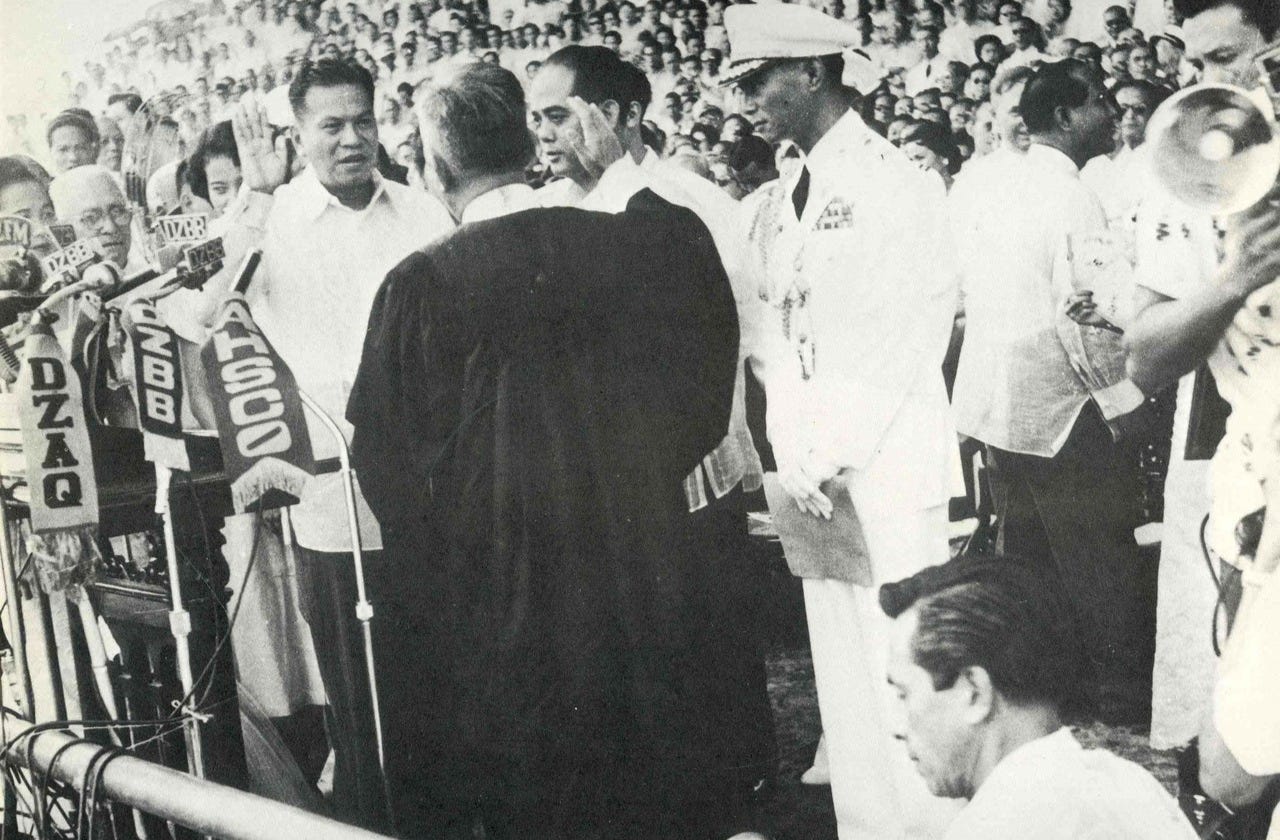
Under Diosdado Macapagal’s term as president, the Barong Tagalog regained its status as formal wear. Its status as a national attire was cemented under President Ferdinand Marcos when he declared the Barong Tagalog and the Baro’t Saya as national attire in 1975. This time period saw the beginning stages of national identity and nation building. The Barong Tagalog at this time became synonymous with being Filipino and can be used as a symbol of a nation forming its own identity after centuries of being under a foreign power.
The Barong Tagalog gained worldwide acclaim during the 2015 APEC Summit in Manila, held under President Noynoy Aquino’s administration. During the event, all the world leaders donned custom-designed barongs created by renowned Filipino designer Paul Cabral. Each barong was uniquely embroidered with symbols representing the culture of the leader’s respective country, making the attire both a work of art and a gesture of cultural diplomacy..
The elegant, handcrafted pieces showcased the Philippines’ rich textile heritage proving that this traditional attire could hold its own in the most prestigious diplomatic gatherings.
Today, the Barong Tagalog has successfully re-established itself as the formal wear for many Filipinos, and many Filipinos wear the Barong Tagalog as a source of pride and patriotism.
In the modern era, the Barong Tagalog has also taken on a casual look as well, with many modern designers creating their own unique take on the attire and giving it a modern spin. Barong Tagalog is now commonly worn during weddings, and is proudly worn by many leaders.
Wearing a Barong Tagalog means wearing history, wearing a culture, and taking pride in one's national origin.



